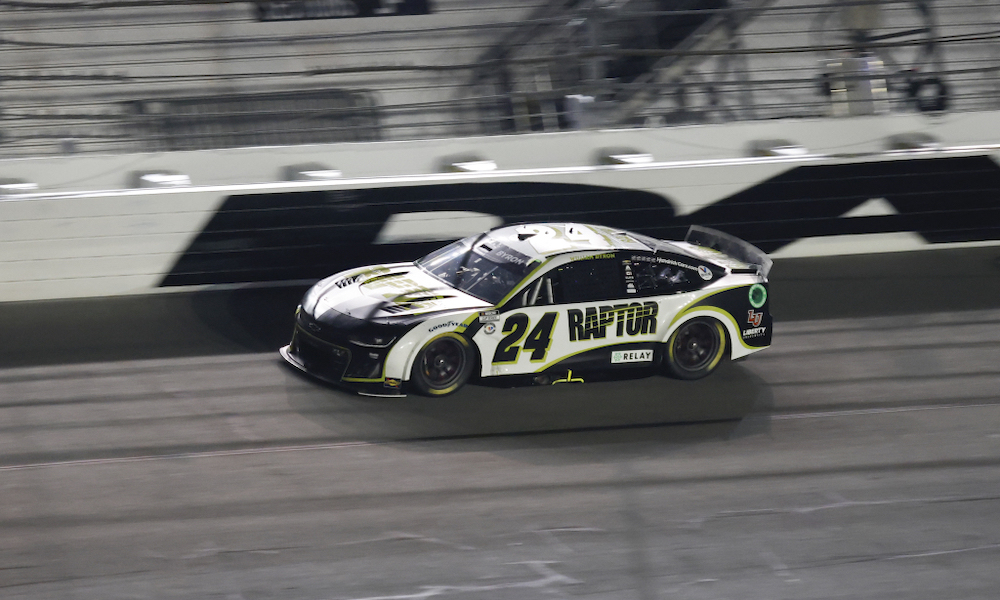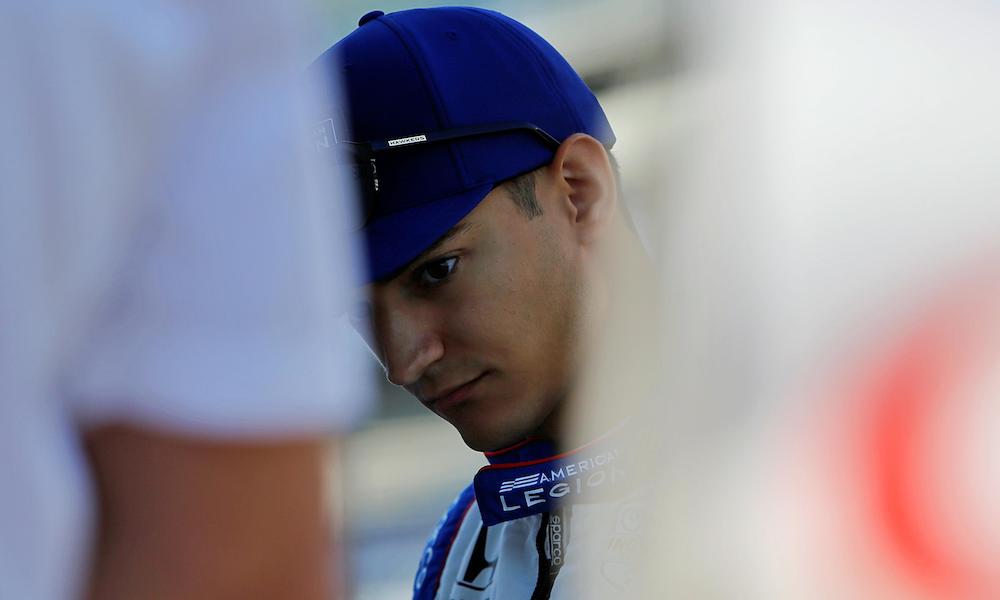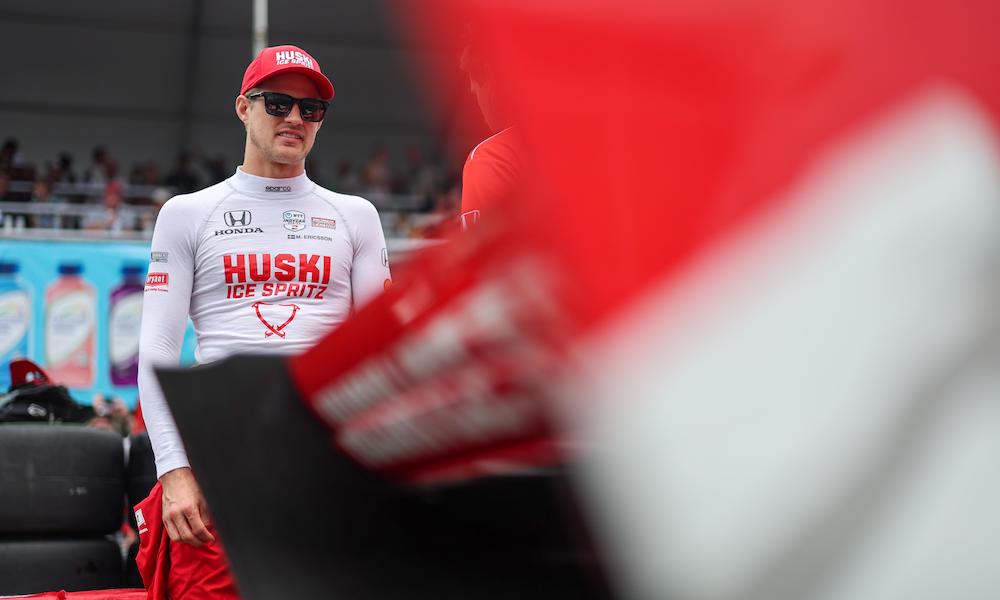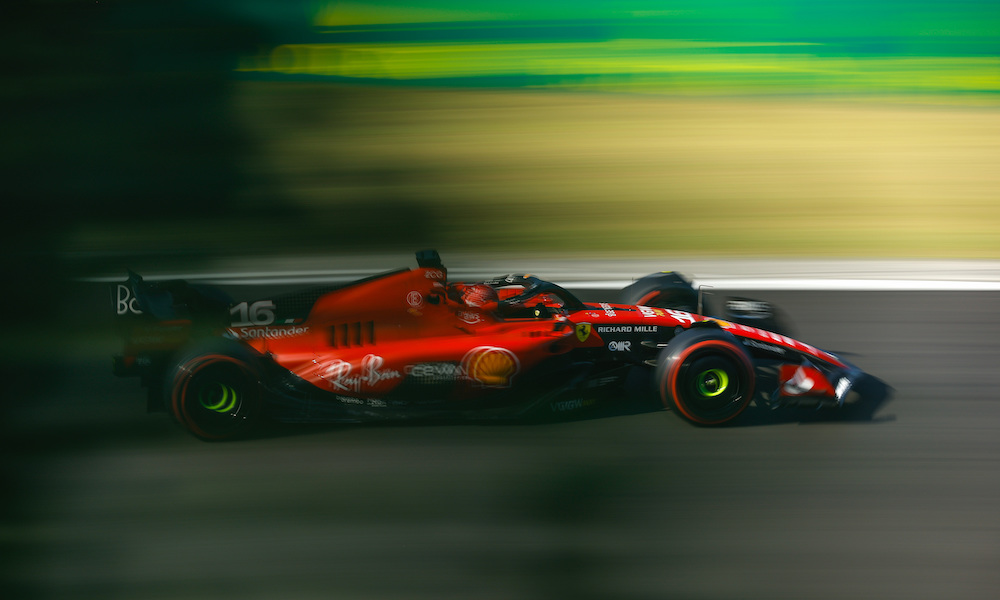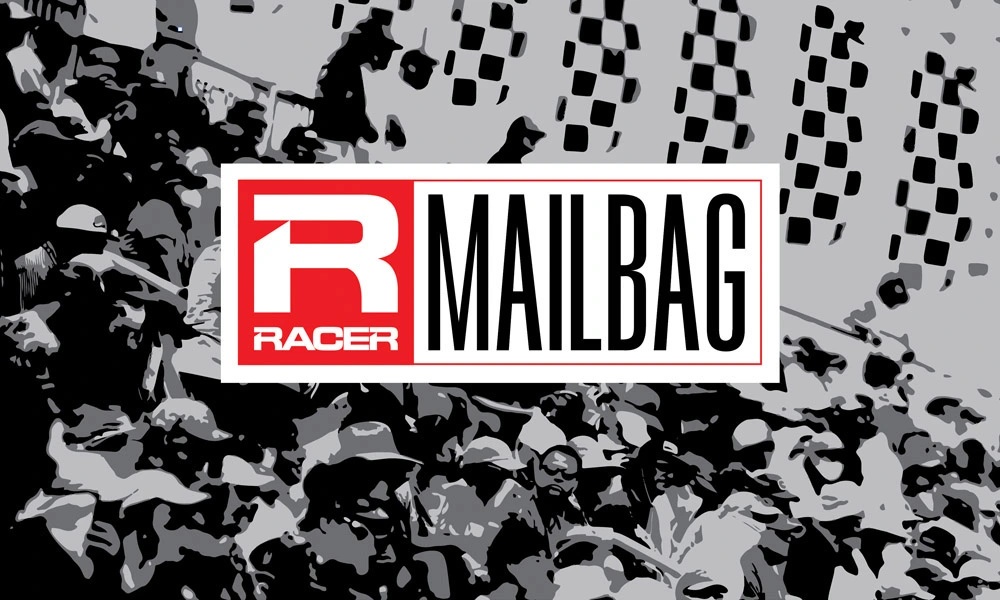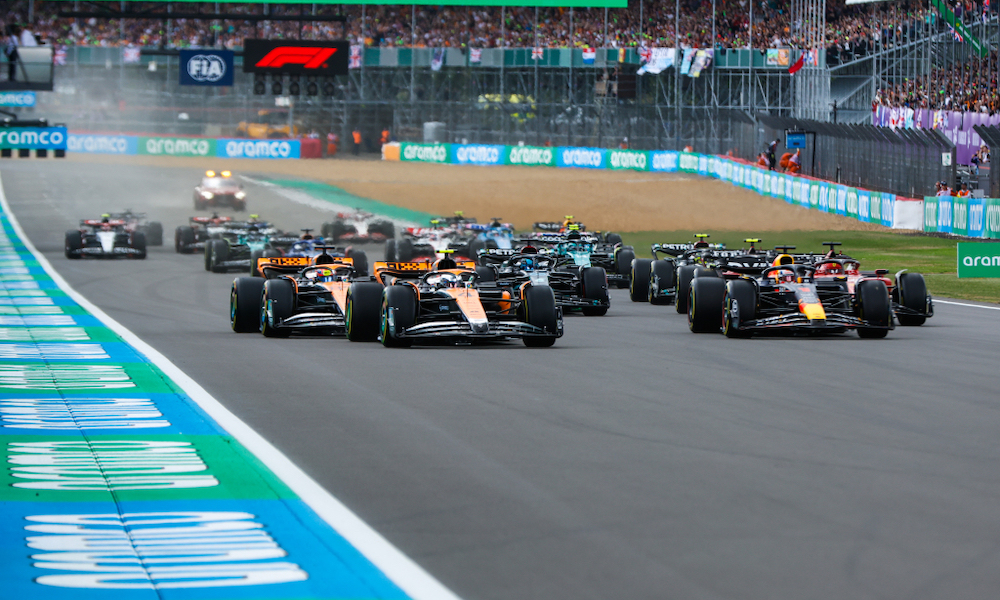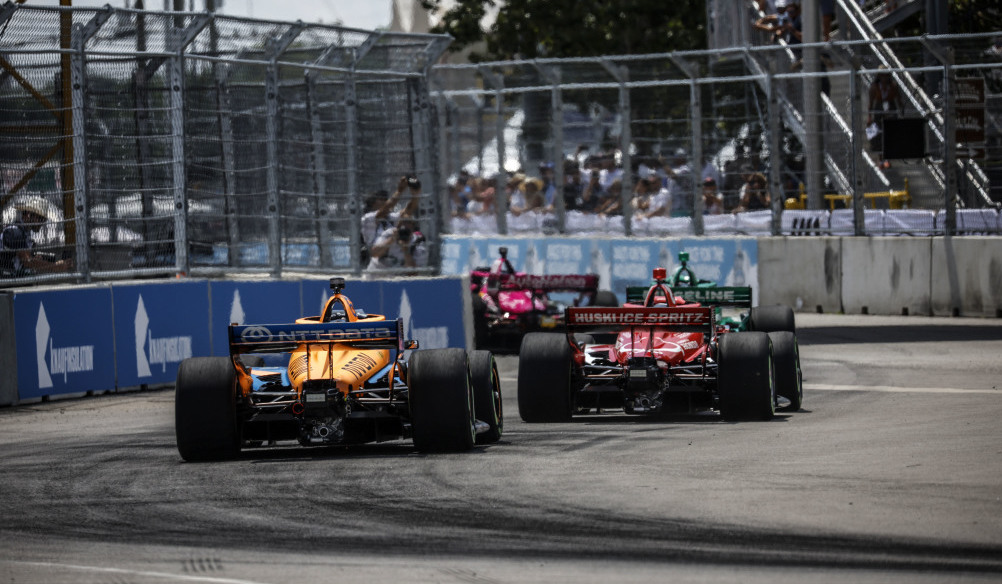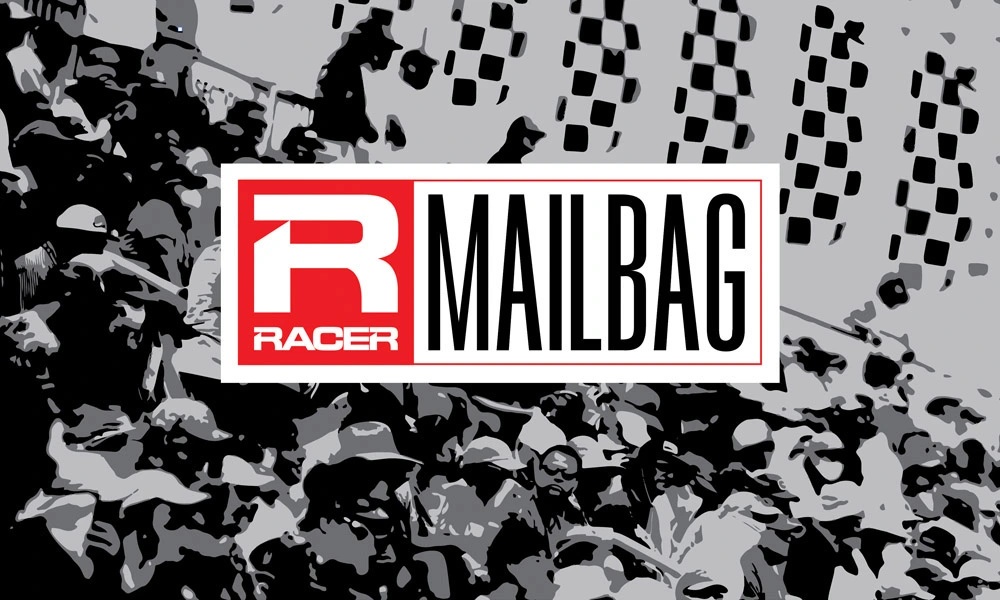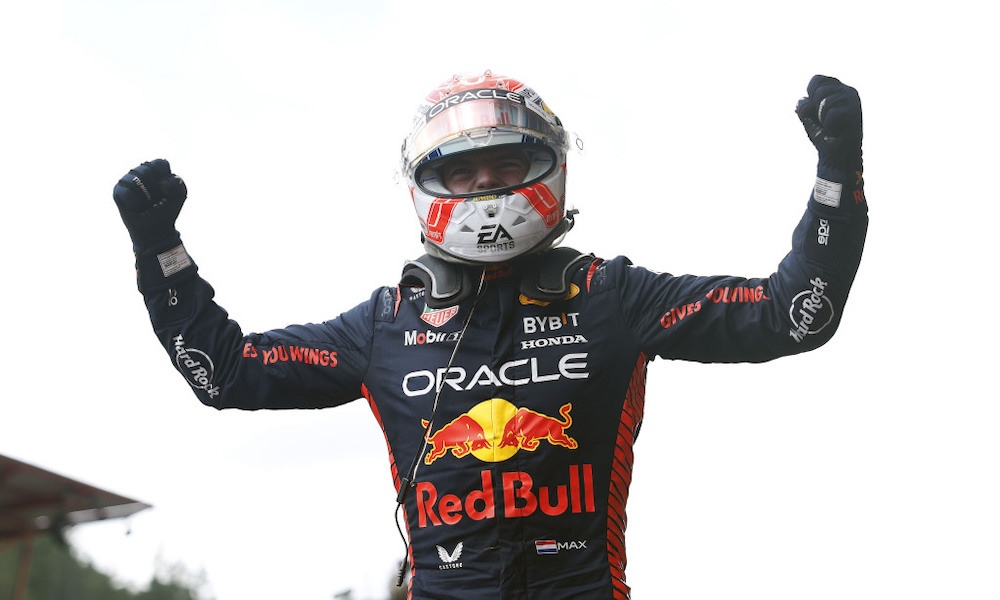The days leading to the start of the NASCAR Cup Series playoffs are a happy time.
Just like the start of a new season, the teams who are championship-eligible have a clean slate, plenty of optimism, and believe they are going to prevail. The belief is that once you get to this point, you have as good a shot as anyone.
While that sounds good, it’s not true. Just being championship-eligible doesn’t mean a team is championship-capable. It’s going to be a tall task for some.
But if sports and competition have taught us anything, expect the unexpected. NASCAR has seen a Cinderella driver emerge in every postseason; someone who finds a way to survive and advance.
With all of that in mind, here is a breakdown of the 16 drivers in the 2023 postseason.
Contenders
William Byron and Martin Truex Jr. have to be considered the favorites considering how the regular season went. Byron has a series-leading five wins, and he and Truex are tied in playoff points. Having those points to fall back on will make their postseason fight much easier.
Denny Hamlin and Christopher Bell were top five drivers at the end of the regular season, going by the overall championship standings. Not only can they win races, but they also have the consistency needed to be a contending team. Of course, the playoffs are also about execution, and both of these teams have stumbled at times and will need to be buttoned up starting this weekend.
If winning makes you a contender and playoff points help your cause, then welcome to the conversation Chris Buescher and company. Do not overlook this team. Yes, winning three of the last five races has been huge, but the bigger key here is the No. 17 team is executing clean races and has speed just about everywhere.
Kyle Busch gets a nod here because he’s Kyle Busch. The No. 8 team finished seventh in Daytona, which was needed after a three-week stretch of 14th or worse. It’s been a rough summer for Busch and his group, but they have speed, so if they can get back to executing, Busch is going to carry them through a few rounds.
In the hunt
You want to believe in these teams but they have some work to do, and as much as people want to believe a switch is flipped in the playoffs, that’s not always the case. It’s time for Kyle Larson, Ross Chastain, Tyler Reddick, Joey Logano, and Ryan Blaney to step it up.
Larson looked much stronger earlier in the season than he has in the stretch to the playoffs. But if there is a team who can grind it out, it’s Larson and Cliff Daniels. It’s been the M.O. of the No. 5 team for the last few years: start out a race slow and behind on the car, and then in the picture when it matters late in the day.
Chastain has a very slow season, going until late June to win a race. And it’s been a quieter season ever since the very publicized crash with Larson at Darlington. In the last nine races (since winning in Nashville), Chastain has one top-10 finish. Certainly that’s not going to get the job done.

For Reddick, it’s all about execution. The No. 45 is one of the fastest in the field and should have more wins than it does. It should also have better finishes than it does. So if Reddick and his team can just execute clean races and let the speed take care of itself, they’ll be in the picture late in the postseason.
Logano and Blaney are behind the eight-ball because they drive Fords. It’s as simple as that. Logano said recently he and his team have the mental experience to fight through a postseason from behind, and that’s what he’s going to be doing. The Team Penske duo doesn’t have the raw speed to beat the likes of Byron, Truex, and Hamlin, but some clean races for them and some stumbles from the competition can keep them in the game.
Long shots
To win a championship, you have to be able to win races and that hasn’t come together for Brad Keselowski, Kevin Harvick, and Bubba Wallace. On the other hand, a victory is what got Michael McDowell and Ricky Stenhouse Jr. into the postseason.
There are a few ways to look at this. Keselowski is a former champion who is scrappy, and what he’s doing with the No. 6 team can’t be overlooked. Even without a win, Keselowski finished the regular season fifth in the overall championship standings. If anyone can use this format to his advantage to make a deep run, it’s Keselowski.
But for Harvick and Wallace, being scrappy is only going to take them so far. These have good teams but now they have to be great, and time will tell if that’s possible. Harvick didn’t sound all that optimistic about his chances when asked Saturday night.
Wallace and the No. 23 team is a top-10 team when they execute. That’s going to be key – executing at a very high level for three weeks at a time. Plus, they need to find a way to go head-to-head with the dominant teams and beat them, and they haven’t done that to this point.
McDowell and Stenhouse are in the same category as Wallace. being unproven that they can beat the bigger teams on a week-in and week-out basis.
These are the teams who need to run as well as they can and capitalize if given the opportunity when others stumble. However, the chances of them hoisting the big trophy in a little over two months are low.
